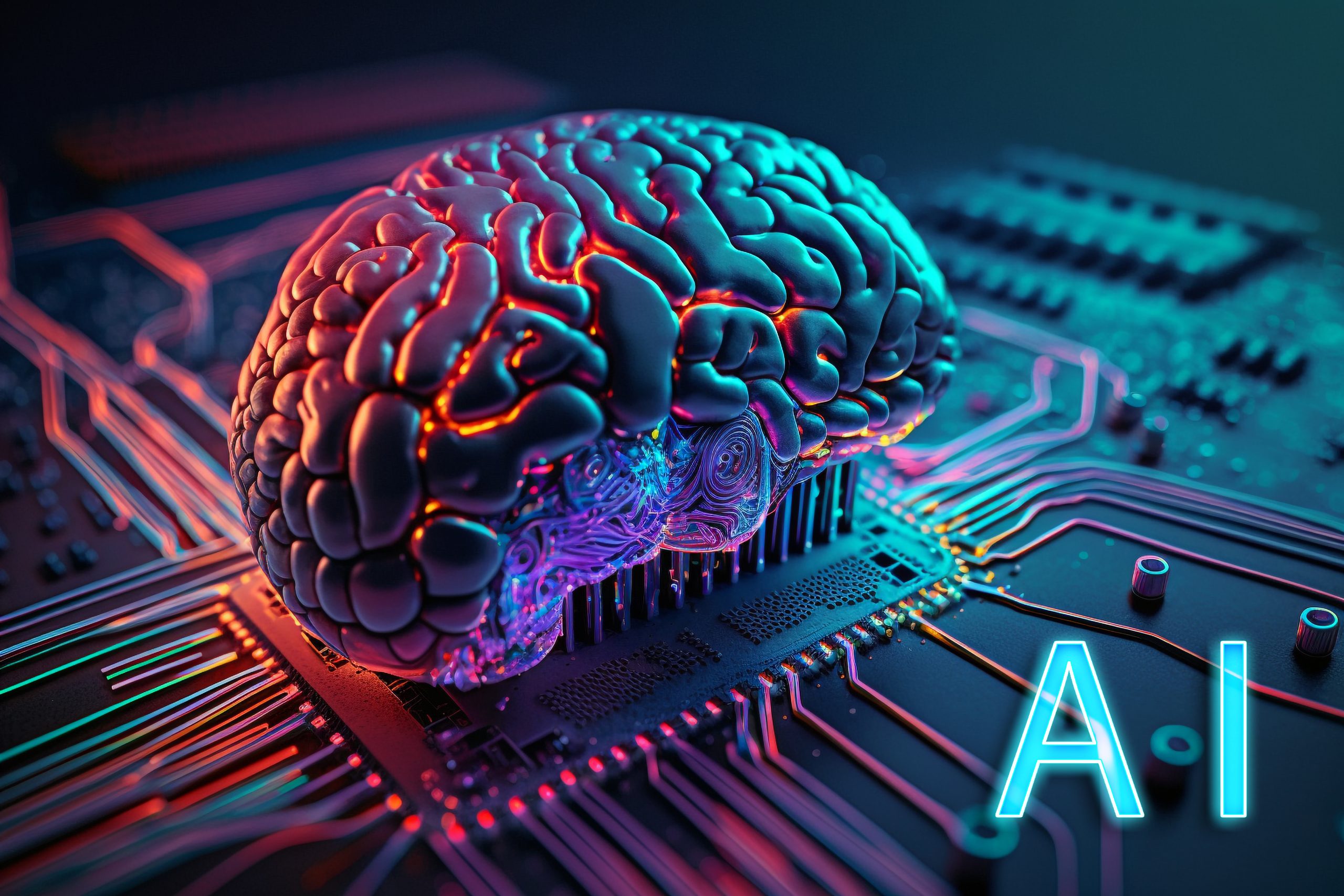The Next Big Challenge for Content Marketer
As the digital landscape continues to evolve, content marketers face a variety of challenges that require them to stay agile, creative, and data-driven. However, one of the next big challenges for content marketers—more pressing than ever before—is navigating the complex interplay between AI-driven content creation and human-centered storytelling.
Here’s a breakdown of the key challenges:
1. Balancing AI and Human Creativity
Artificial intelligence tools are revolutionizing the way content is produced. AI can generate content quickly, analyze audience sentiment, and even suggest topics that will resonate with readers. However, the challenge for content marketers is finding the balance between leveraging AI’s efficiency and maintaining the human touch that makes content relatable and authentic.
AI-generated content can lack the nuances, tone, and empathy that come naturally from a human voice. The next big challenge for content marketers will be knowing when to rely on AI for content production and when to step in with human creativity to add depth, emotion, and personal connection.
Why it’s critical: Audiences are becoming increasingly aware of the difference between machine-generated and human-created content. In a world where personalized, authentic experiences matter more than ever, content marketers will need to use AI as a tool—rather than a replacement—for human storytelling.
2. Content Personalization at Scale
Personalized content has become a key expectation from consumers. Marketers are expected to create highly personalized experiences across different stages of the buyer’s journey, all while scaling content production for a wider audience. The challenge is building sophisticated personalization engines that can deliver tailored content to individuals at scale without losing efficiency.
Advancements in data collection and machine learning make it easier to collect insights about users’ preferences, behaviors, and needs, but creating content that resonates deeply on an individual level—without coming off as too automated or creepy—requires a fine balance of strategy, creativity, and technology.
Why it’s critical: Personalized content leads to better engagement, improved conversion rates, and stronger customer loyalty. However, marketers must invest in the right tools and strategies to deliver personalized content at scale while maintaining quality.
3. Fighting Content Saturation
With the rise of digital platforms and the increasing ease of publishing content, there is now an overwhelming amount of information available online. This has led to content saturation, where audiences are bombarded with blog posts, videos, infographics, and social media updates. The challenge for content marketers is cutting through the noise and getting their content seen and heard.
The future of content marketing will require finding new ways to deliver more value and capture attention. Marketers will need to produce content that not only stands out visually but also offers unique insights, practical advice, or deep expertise. Creative formats (e.g., interactive content, immersive experiences like AR/VR, or live-streamed events) will help differentiate content in crowded spaces.
Why it’s critical: If content isn’t distinctive or valuable, it’s likely to be ignored. Content marketers will need to focus on quality over quantity and explore new ways to present information to stand out.
4. SEO and Algorithm Changes
SEO is an ever-changing field, and keeping up with search engine algorithm updates (especially from Google) is one of the biggest ongoing challenges for content marketers. In the next few years, Google’s algorithms will become even more sophisticated, using AI and natural language processing to understand content context, intent, and user experience.
Content marketers must not only stay updated on technical SEO but also learn how to create content that meets the needs of both users and search engines. This includes creating long-form content, optimizing for voice search, and ensuring accessibility. Additionally, the rise of search intent as a ranking factor means marketers need to deeply understand the audience’s underlying questions and needs—not just their search keywords.
Why it’s critical: SEO continues to be the primary driver of organic traffic. Failing to adapt to algorithm changes or optimize content correctly could result in a drop in rankings and visibility, ultimately affecting traffic and revenue.
5. Creating Evergreen Content Amidst Trends
While trending topics and newsjacking (capitalizing on trending stories) can provide short-term traffic spikes, evergreen content—content that remains relevant over time—is still crucial for long-term success. The challenge for marketers is creating content that maintains its value and appeal well beyond the initial publishing date.
This requires a strategic focus on topics that have staying power, are rooted in customer pain points, and align with the brand’s authority. At the same time, content marketers must keep an eye on shifting audience preferences and ensure that evergreen content evolves to stay relevant.
Why it’s critical: Evergreen content consistently brings in traffic, leads, and value over the long term. By striking the right balance between trending topics and evergreen content, marketers can achieve sustainable growth.
6. Video and Interactive Content Dominance
Video continues to dominate as the most engaging form of content. However, the challenge for content marketers is creating interactive, high-quality videos that go beyond simple YouTube tutorials or static promotional videos.
Interactive content—such as quizzes, polls, and clickable infographics—is also gaining traction, as it can increase user engagement and offer personalized experiences. This presents a new hurdle: How do you create truly engaging, interactive content that doesn’t just feel like a gimmick?
Why it’s critical: Video and interactive content engage consumers in ways that text-based content cannot. Marketers who master these formats are likely to see higher engagement rates, stronger brand recall, and better conversion rates.
7. Measuring ROI in a Multi-Touch Environment
With so many content touchpoints (blog posts, emails, social media, podcasts, etc.) and multiple platforms interacting with each other, measuring the return on investment (ROI) for content marketing efforts has never been more complex. Tracking individual campaigns and attributing conversions to specific content pieces is often difficult.
Content marketers will need to use advanced analytics tools to track customer journeys more holistically. Tools like attribution modeling and marketing analytics platforms will help marketers understand which content is driving results, but it will require an understanding of both qualitative (brand awareness, sentiment) and quantitative (traffic, conversions) metrics.
Why it’s critical: Without clear data on which content strategies are working, marketers can waste time and resources on ineffective content. Measuring ROI effectively will ensure that content strategies are optimized for maximum impact.
8. Navigating Privacy Concerns and Data Restrictions
As consumers become more concerned about data privacy, content marketers are facing stricter regulations like GDPR, CCPA, and other data protection laws. Building trust with users while navigating these regulations is a significant challenge, especially when it comes to collecting data for personalized content and email campaigns.
Content marketers will need to be transparent about how they collect, store, and use consumer data. They’ll also need to prioritize ethical data practices, ensuring that they can provide value without violating privacy standards.
Why it’s critical: Privacy concerns are at the forefront of consumer decision-making. Brands that fail to prioritize data security risk alienating their audience and damaging their reputation.
Conclusion: Adapting to a Rapidly Changing Landscape
The next big challenge for content marketers lies in embracing new technologies, trends, and regulations while staying true to what works: creating content that resonates deeply with audiences. Success will require a blend of data-driven insights, creative storytelling, and technical expertise. Marketers who can navigate AI, personalization, SEO changes, and consumer expectations will be the ones leading the way in the next evolution of content marketing.



